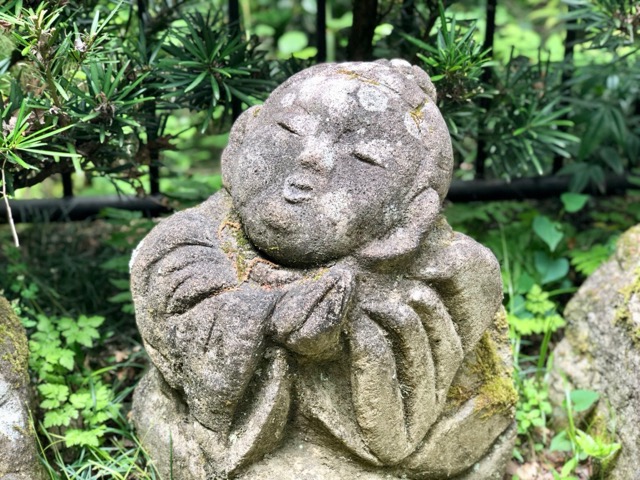
Despite the fact that the top tourist sites in Kyoto tend to be quite crowded, there are still lots of quieter spots to explore. After all, there are over 1600 temples alone!
*
During our stay near Arashiyama, we had lunch with a view at a soba restaurant called Yoshimura. You don’t need reservations, but if you call ahead (our hotel did for us) you can put your name down for a spot at the second floor counter overlooking the river (otherwise you get whatever seats open first).

*
Afterwards we caught a cab to Otagi Nenbutsu-ji temple, which is known for its 1200 stone statues of rakan (followers of Buddha). While they look ancient at first glance, a closer look reveals that not all is what it seems – is that a Walkman? Yes, yes it is.

These statues were carved in the early 1980s, by ordinary people who came to learn how to carve and to contribute to the rebuilding of the temple. Each statue has a different style, expression, and personality – some are jolly, some are peaceful or stoic, and some are sleeping. One is even posed in a headstand!
I liked these two friends cheering each other with cups of sake.
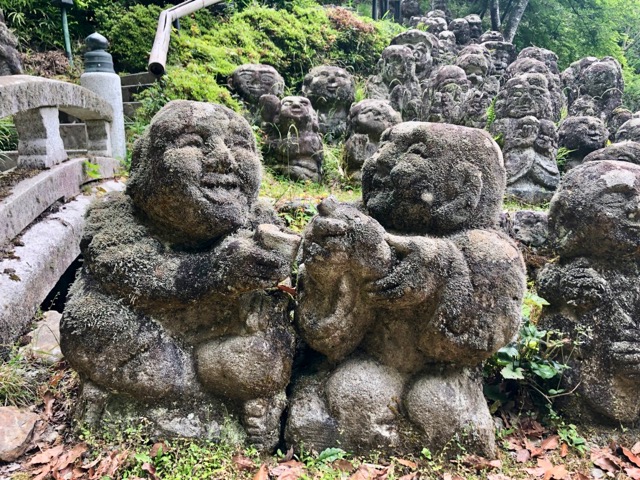
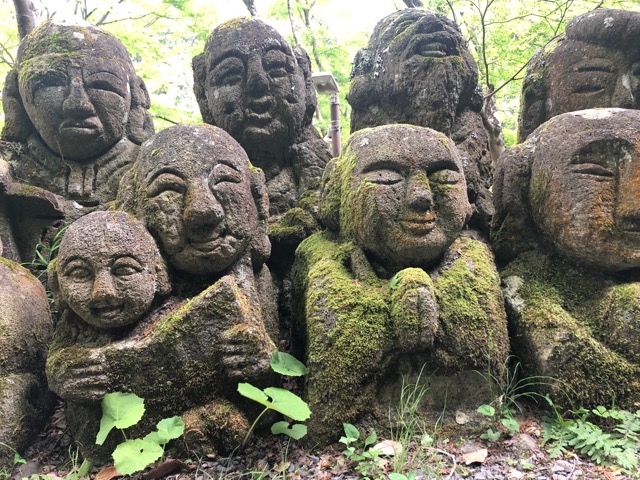

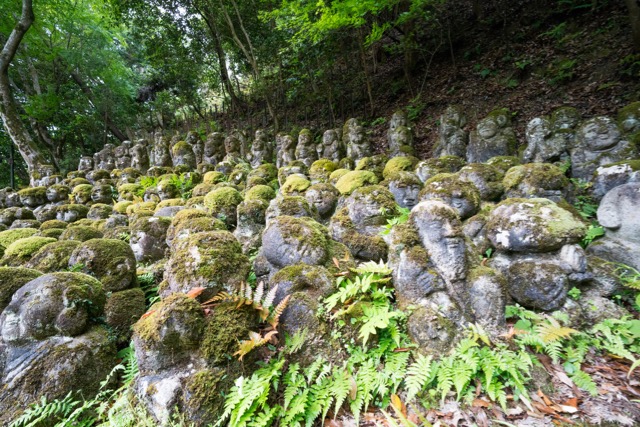
*
Afterwards we walked back to Arashiyama, a 30 minute trip mostly downhill through peaceful woods and fields. A few of the sights:

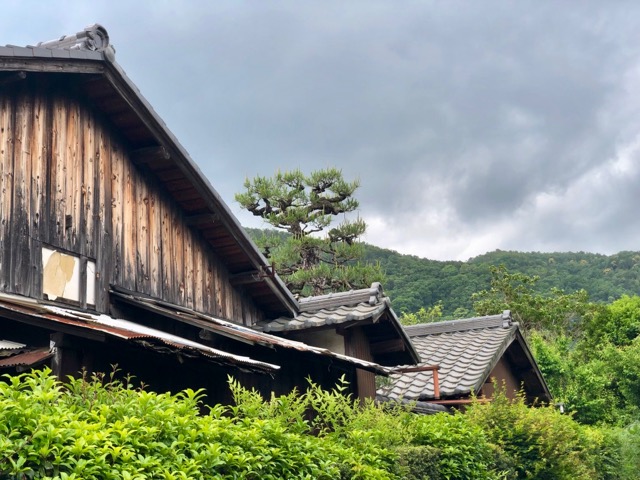
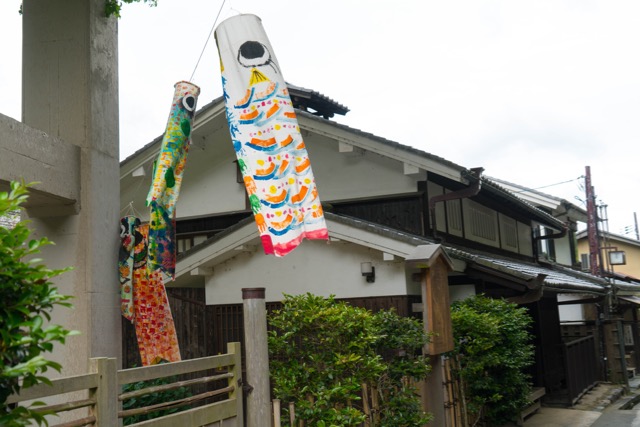
*
The orange gates of Fushimi Inari are as vibrant as ever, but the crowds are much worse than our visit four years prior. It took a long time to capture a shot like this!
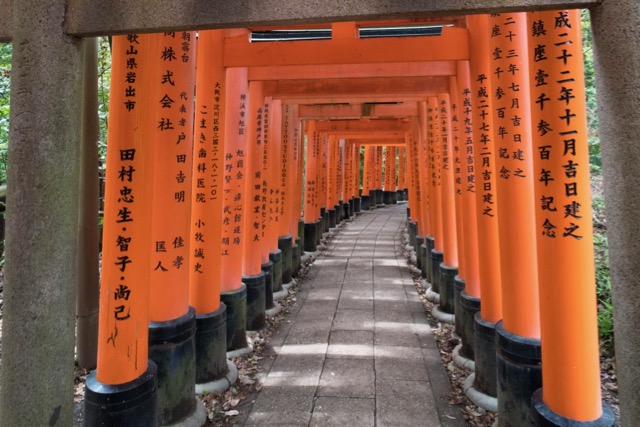
*
We spent some time exploring Honen-In temple, which has this lovely gate and very pretty grounds. There was also an amateur painting exhibition, where we chatted with one of the artists, and a rather modern display being set up with big, rough glass chunks arranged in a garden in lieu of the usual stones.
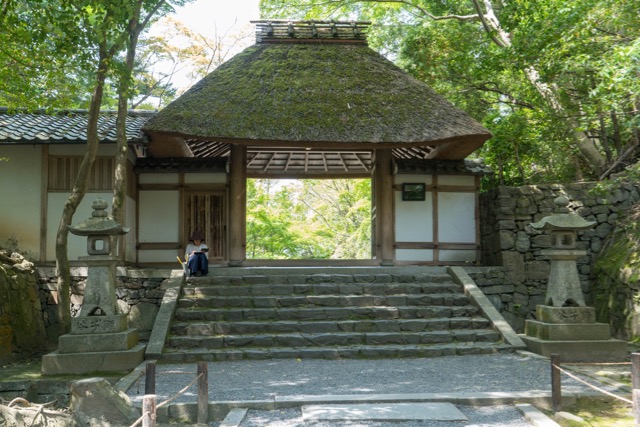
*
We also visited Murin-an, a villa with an expansive garden built by a former Prime Minister in the late 1800s. There’s a beautiful view from the house, designed so that the hills in the distance create a backdrop to the garden that eliminates any hint of the roads and other buildings just beyond this property. It’s often cited as an example of a garden design technique called “borrowed landscape” (shakkei).

*
Of course I had some wagashi – this one is a beautifully colored expression of an iris.
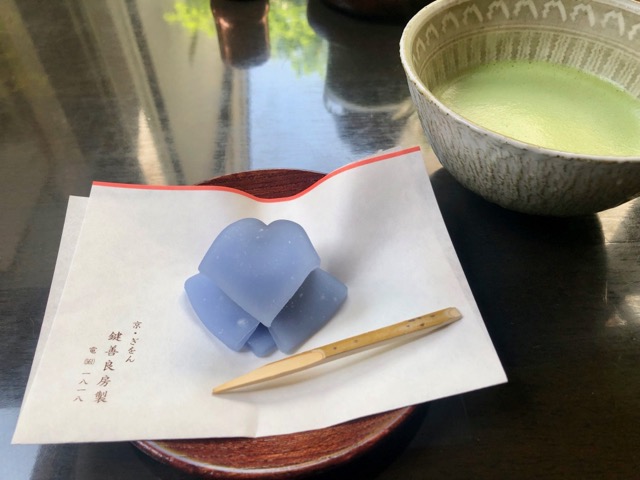
*
And more soba! This rather venerable restaurant was just down the street from our ryokan.
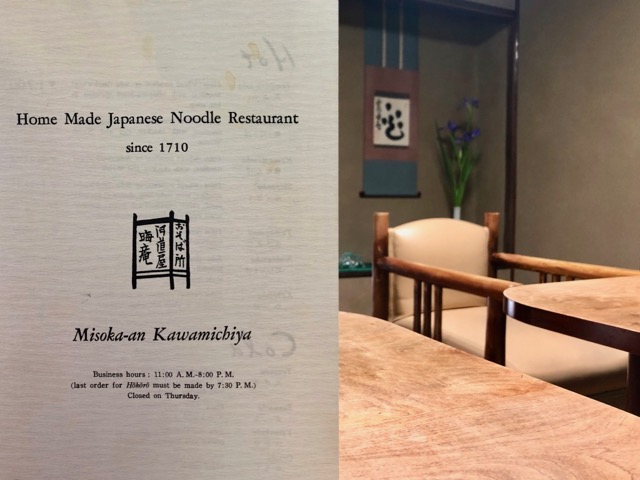
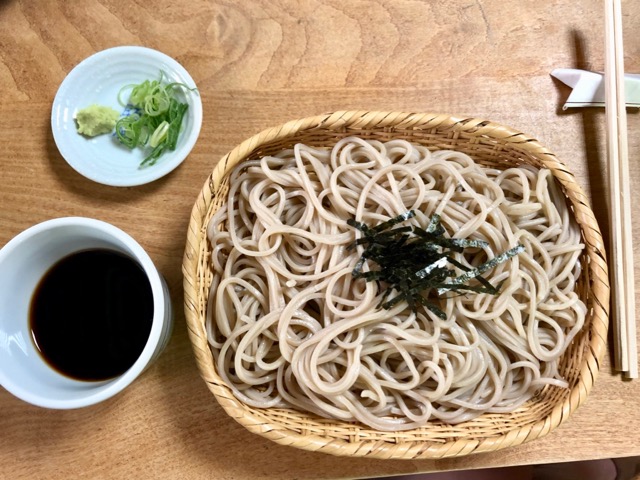
*
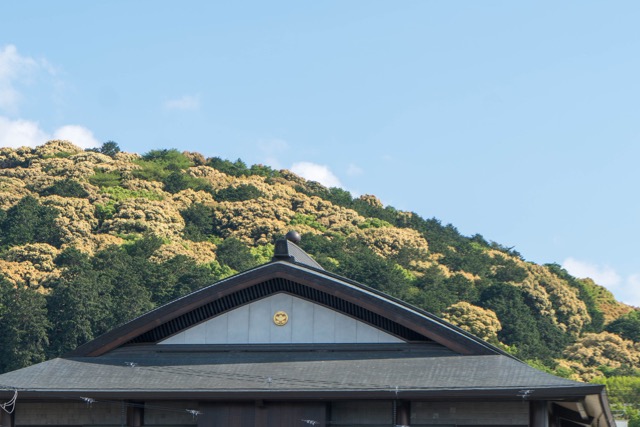
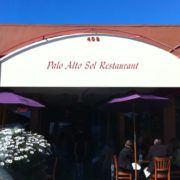 Palo Alto Sol (mole, olé!)
Palo Alto Sol (mole, olé!) Lufthansa “domestic” business
Lufthansa “domestic” business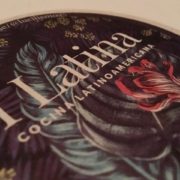 iLatina, Buenos Aires
iLatina, Buenos Aires Double chocolate cookies
Double chocolate cookies